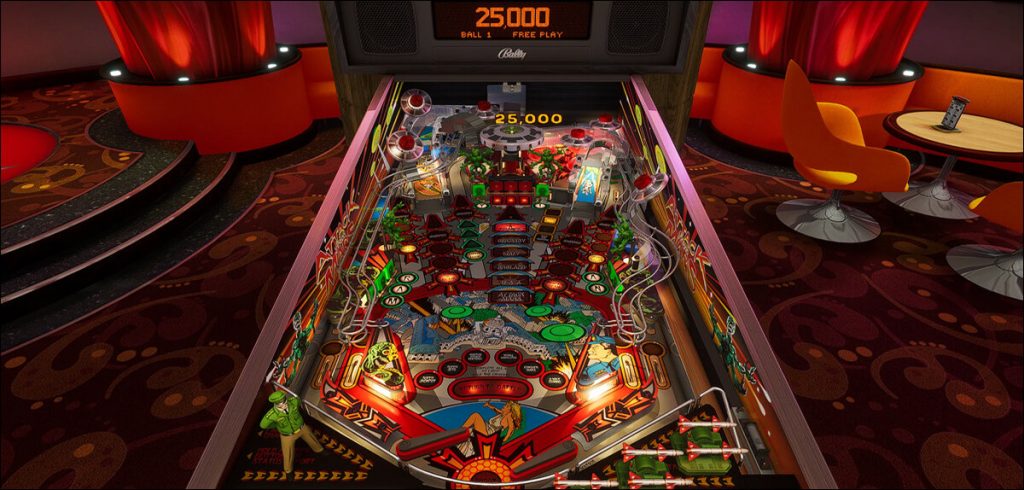In tracing the evolution of pinball, we’ve journeyed through decades of innovation, from the simple mechanics of its early days to the intricate designs of today.
Pinball machine, also known as Pinball Game, was the first of the coin-operated popular electromechanical games, commonly found in candy stores, pool halls, drinking establishments, and amusement arcades, some of which were solely devoted to pinball at the height of the game’s popularity. Pinball first appeared in its present form around the 1930s. Earlier machines were completely mechanical. The first machines with coin slots utilized marbles and cost a cent to play. Steel balls replaced marbles, and the cost of a single cent to play increased with inflation.
Inserting a coin releases a spring plunger, which allows the pinball player to drive a ball up an alley on the side of the glass-topped, sloped playing surface. The ball drops from the top via gates, through posts, and off bumpers, whose electrical contact points yield a cumulative score shown on an illuminated panel at the machine’s top. The scoring is accompanied by bells ringing and lights flashing. Finally, the ball falls into one of numerous holes, scoring in a variety of ways. As the game gained popularity, more elements were introduced that gave the player control over decisions through the use of levers or buttons. A rollover slot multiplied scores, increasing them from tens of thousands to hundreds of thousands, and eventually to millions. The player may add bodily torque or impetus to the machine (dubbed “body English”), with the amount of force allowed being controlled by cut-off switches, which could be configured so that an excess of force would flash on a “Tilt” indicator, automatically terminating the game.
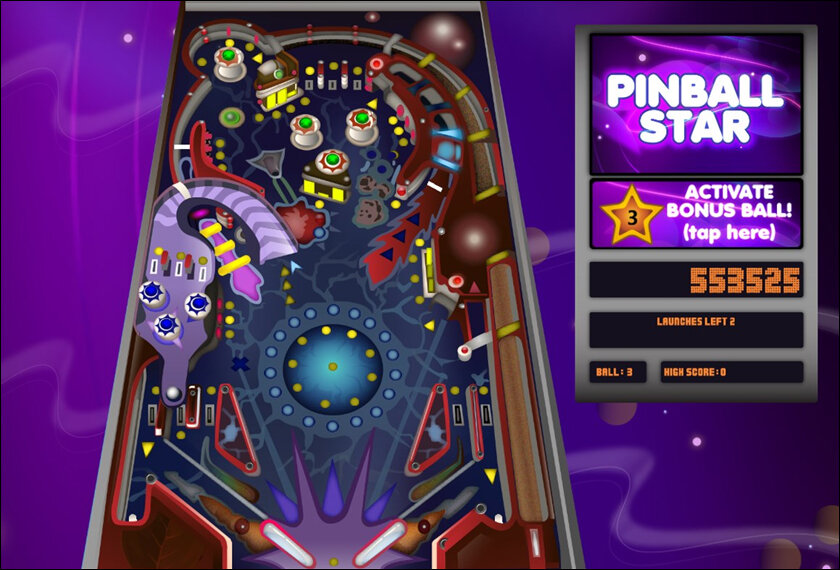
In the realm where gravity takes a backseat and steel nerves are your best companion, welcome, dear adventurers, to the wacky wonderland of Pinball! Gather ’round, ye seekers of high scores and champions of the silver ball, for you are about to embark on a journey that defies logic and embraces the delightful chaos of physics gone bonkers.
Picture, if you will, a world where a simple flick of your flippers can send a metallic orb soaring through whimsical landscapes, bouncing off rubbery bumpers as if they were trampolines for the mischievous marbles. It’s a realm where bumper cars dream of being this electrifying, and roller coasters turn green with envy at the twists and turns the ball takes.
You, my daring players, are not mere mortals – nay, you are the conductors of this cacophonous symphony of dings and dongs, the masters of timing, the sultans of spin! Your mission, should you choose to accept it, is to keep that ball alive and kicking (or should I say, rolling and ricocheting?) for as long as humanly – or rather, flipperly – possible.
But beware! The villainous chasm at the bottom of the table awaits its chance to devour your unsuspecting sphere with a voracious appetite. And oh, the bonuses! They pop up like leprechauns offering pots of gold, teasing you with promises of glory if you can only manage to strike that elusive sequence of targets, ramps, and loops. It’s a bit like playing darts, only the dartboard is on a caffeine binge and the darts are replaced with a silver sphere that seems to have a mind of its own.
But fear not, for this is not the end of our journey. The world of pinball is vast and ever-evolving, a kaleidoscope of designs, themes, and innovations that continue to shape the landscape of arcade entertainment. In future articles, we shall delve deeper into the intricacies of pinball’s history, the artistry behind its iconic designs, the thrill of competitive play, and the digital renaissance that has brought this timeless classic to new heights.
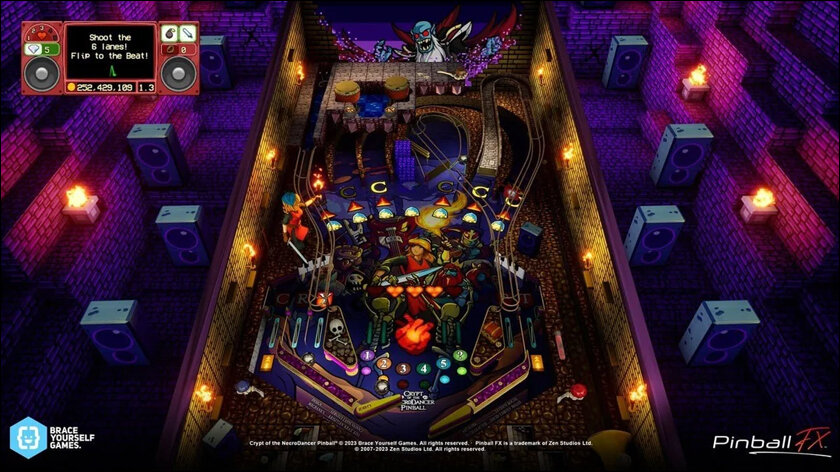
Evolution of the Pinball:
For decades, practically all pinball machines were made in the United States, but the game spread over the world. Following WWII, the Japanese created a comparable vertical machine, onomatopoeically known as pachinko, that hung on the wall and featured an automated payment receptacle similar to that of a slot machine.
Pinball has evolved over the years into various styles and formats, each contributing to its rich history and growth. Here are some of the key types of pinball games and their origins, along with a brief overview of their growth:
1. Electromechanical Pinball Machines (1930s-1970s):
The earliest form of pinball originated in the 1930s with electromechanical pinball machines. These machines used mechanical parts like bumpers, flippers, and scoring reels. The game’s objective was to score points by hitting targets and bumpers while avoiding the “out holes.” The iconic “Humpty Dumpty” machine, introduced in 1947 by D. Gottlieb & Co., marked the start of flipper-based pinball games.
2. Solid State Pinball Machines (1970s-1980s):
The introduction of solid-state technology in the 1970s revolutionized pinball. Instead of mechanical switches and relays, these machines used electronic components. Bally’s “Fireball” (1972) is considered one of the first successful solid-state pinball machines. Solid-state technology allowed for more complex gameplay, digital displays, and innovative features.
3. Licensed Themes and Movie Tie-Ins (1980s-Present):
In the 1980s, pinball manufacturers started incorporating licensed themes, such as movies, TV shows, and popular characters, to attract wider audiences. Williams’ “The Addams Family” (1992) is a prime example, becoming one of the best-selling pinball machines ever. This trend continues to this day, with machines featuring franchises like Marvel, Star Wars, and more.
4. Dot Matrix Display (DMD) Era (1990s-Present):
The 1990s brought the use of dot matrix displays, enabling more sophisticated animations and storytelling within pinball games. Williams’ “The Twilight Zone” (1993) was notable for its intricate ruleset and DMD animations, setting a standard for immersive gameplay.
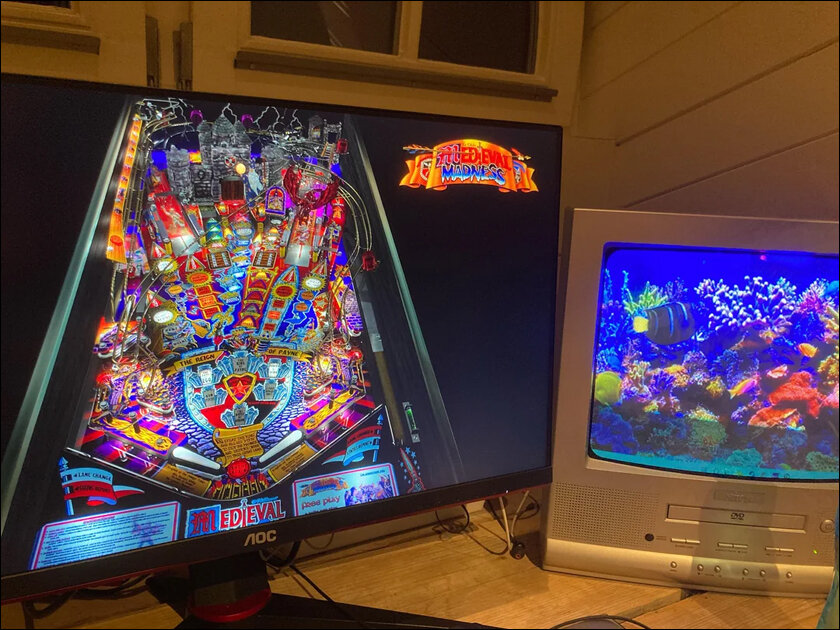
5. Virtual Pinball and Digital Platforms (2000s-Present):
The rise of digital platforms has led to the development of virtual pinball games, both for computers and mobile devices. These games offer realistic physics and replicate the experience of playing on physical machines. Additionally, some companies produce digital versions of classic and modern pinball tables for platforms like Pinball FX.
6. Pinball Renaissance (2000s-Present):
Despite facing competition from video games and arcades, pinball has experienced a resurgence in popularity. Enthusiasts organize tournaments, collectors restore vintage machines, and new manufacturers like Jersey Jack Pinball and Stern Pinball continue to create innovative machines that blend classic gameplay with modern technology.
7. Interactive and Multi-Mechanic Tables (2000s-Present):
Modern pinball machines often feature intricate mechanisms, interactive toys, and complex rule sets. Machines like Stern’s “The Lord of the Rings” (2003) and Jersey Jack Pinball’s “The Wizard of Oz” (2013) incorporate multiple layers of gameplay and impressive mechanical features.
8. Pinball in Pop Culture (2000s-Present):
Pinball has maintained a cultural presence through documentaries, movies, and TV shows. Documentaries like “Special When Lit” (2009) and “Wizard Mode” (2016) offer insights into the world of pinball enthusiasts and players.
Throughout its history, pinball has experienced periods of innovation, decline, and resurgence. While the number of traditional arcades has diminished, pinball continues to thrive in various forms, captivating players young and old with its unique blend of skill, chance, and nostalgia.
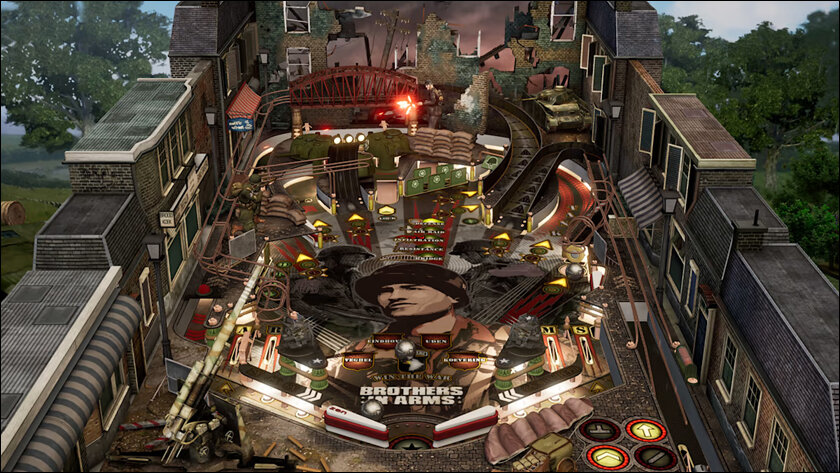
Conclusion:
In tracing the evolution of pinball, we’ve journeyed through decades of innovation, from the simple mechanics of its early days to the intricate designs of today. Pinball has weathered the tides of time, adapting to changing technologies while retaining its core charm. From mechanical wonders to digital marvels, the game’s evolution is a testament to its enduring appeal.
But as we bid adieu to this chapter of pinball’s history, our exploration is far from over. In the next article, we’ll delve into a crucial aspect of pinball’s allure – the intricate and competitive world of scoring systems. Prepare to unravel the secrets behind racking up those points, as we dive deep into the strategies, multipliers, and bonuses that make pinball a captivating challenge for players old and new. So, keep those flippers at the ready, for the journey continues, and the quest for high scores beckons us forth.
In case you missed:
- Sonic the Hedgehog – The Ultra-Fast forward
- Cloud Banking
- The Role of AI in Driving Digital Transformation
- Cloud Banking with Public, Private, Hybrid clouds and more
- Preventive Medicine in the Digital Age
- 10 Well-Known Social Media Sites That Were Closed, From Omegle to Orkut
- A Comprehensive Guide to Understanding Hyperscaler Technology
- What is Data Sovereignty?



